The Art of Text Contrast: Transforming Audience Engagement Through Visual Hierarchy
Discover how strategic contrast techniques can elevate your content and captivate your audience
Understanding the Power of Text Contrast
I've always believed that text contrast is far more than just a design choice—it's a powerful psychological tool that shapes how audiences perceive and process information. When I create content, I'm not just making text readable; I'm strategically guiding the viewer's attention to what matters most.
Text contrast creates cognitive "anchors" that help our brains organize information hierarchically. When I use high contrast for key points, I'm essentially telling the viewer's brain: "This deserves your attention first." This visual hierarchy is crucial for helping audiences process complex information without feeling overwhelmed.
The psychological impact is significant—research shows that properly contrasted content can improve information retention by up to 30%. When I design with contrast in mind, I'm not just making something look good; I'm actively enhancing how well my message is understood and remembered.
The Cognitive Science Behind Contrast
Our brains are naturally drawn to differences in visual stimuli. When I incorporate strategic contrast, I'm working with—not against—how our minds naturally process information:
Accessibility Considerations
I always ensure my contrast choices work for all viewers, including those with visual impairments. Using tools like the WCAG Contrast Checker helps me verify that my content meets accessibility standards while still maintaining visual appeal. Remember that approximately 8% of men and 0.5% of women have some form of color vision deficiency, making proper contrast even more important.
The relationship between contrast and cognitive load is particularly fascinating to me. When I strategically use contrast, I'm reducing the mental effort required to process information. This means my audience can focus on understanding the message rather than struggling to navigate through the content.
Essential Contrast Techniques for Impactful Communication
Color Contrast Fundamentals
I've found that color contrast is one of the most powerful tools in my visual communication arsenal. When I choose between dark text on light backgrounds or light text on dark backgrounds, I'm not just making an aesthetic choice—I'm making a strategic decision that impacts how my message is received.
For long-form content, I typically prefer dark text on light backgrounds, as this combination reduces eye strain during extended reading. However, for dramatic emphasis or when I want to create a more immersive experience, light text on dark backgrounds can be incredibly effective.
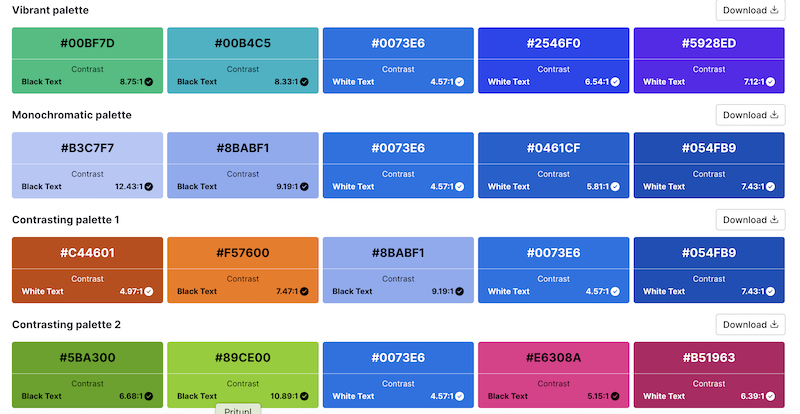
When selecting color combinations, I always check them against WCAG accessibility standards. This ensures my content is not only visually striking but also accessible to people with visual impairments. A contrast ratio of at least 4.5:1 for normal text and 3:1 for large text is my minimum target.
Emotional Impact of Color Contrast
flowchart TD
A[Color Contrast] --> B[High Contrast]
A --> C[Low Contrast]
B --> D[Urgency & Importance]
B --> E[Clarity & Focus]
C --> F[Subtlety & Sophistication]
C --> G[Calmness & Harmony]
D --> H[Call-to-Action Buttons]
E --> I[Headlines & Key Points]
F --> J[Luxury Branding]
G --> K[Background Elements]
Common Color Contrast Mistakes to Avoid
- Using colors with similar luminance values (e.g., red text on a green background)
- Placing text over busy or variegated backgrounds without a contrast buffer
- Relying solely on color to convey important information (problematic for colorblind users)
- Using low contrast for essential navigation elements or call-to-action buttons
Size and Weight Variations
I've learned that size contrast is one of the most intuitive ways to establish visual hierarchy. When I create content, I use a deliberate system of font sizes to guide the viewer's eye through the information in order of importance.

Strategic use of bold weights creates emphasis without requiring additional space. I often use this technique to highlight key terms or phrases within paragraphs, creating "scan points" that help readers quickly grasp the main ideas even when skimming.
By establishing a consistent pattern of size variation, I create a visual "pathway" through my content. This helps guide the audience through the information in the intended sequence, improving comprehension and retention.
Creating Visual Rhythm Through Size Variation
graph TB
A[Visual Rhythm] --> B[Consistent Heading Sizes]
A --> C[Proportional Size Relationships]
A --> D[Strategic Weight Distribution]
B --> E[Creates Predictable Structure]
C --> F[Maintains Visual Harmony]
D --> G[Directs Attention to Key Points]
Spacing and Position Contrast
I've found that negative space is one of the most underutilized yet powerful contrast tools. When I want to make a key point stand out, I often surround it with ample white space, creating a visual "spotlight" effect that naturally draws the eye.
Position contrast is equally powerful. By placing important elements where they break established patterns (like centered text in an otherwise left-aligned document), I create natural focal points. This technique works particularly well for headlines, callouts, and key statistics.
PageOn.ai's AI Blocks feature has been invaluable for helping me arrange elements for maximum impact. The intelligent spacing suggestions help me create clean, effective layouts without the guesswork typically involved in spacing decisions.
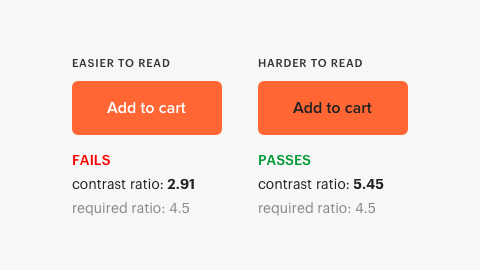
Pro Tip: The Rule of Thirds
I often apply the photographer's "rule of thirds" to my text layouts. By placing key elements at the intersection points of an imaginary 3×3 grid, I create natural focal points that feel balanced yet dynamic. This technique works especially well for slide layouts and infographics.
Beyond Static Contrast: Dynamic Engagement Techniques
Animation and Movement
I've discovered that adding motion to contrast elements dramatically increases their attention-grabbing power. When I use animated size contrasts—where text or graphics grow slightly larger when revealed—I create a natural focal point that's nearly impossible to ignore.
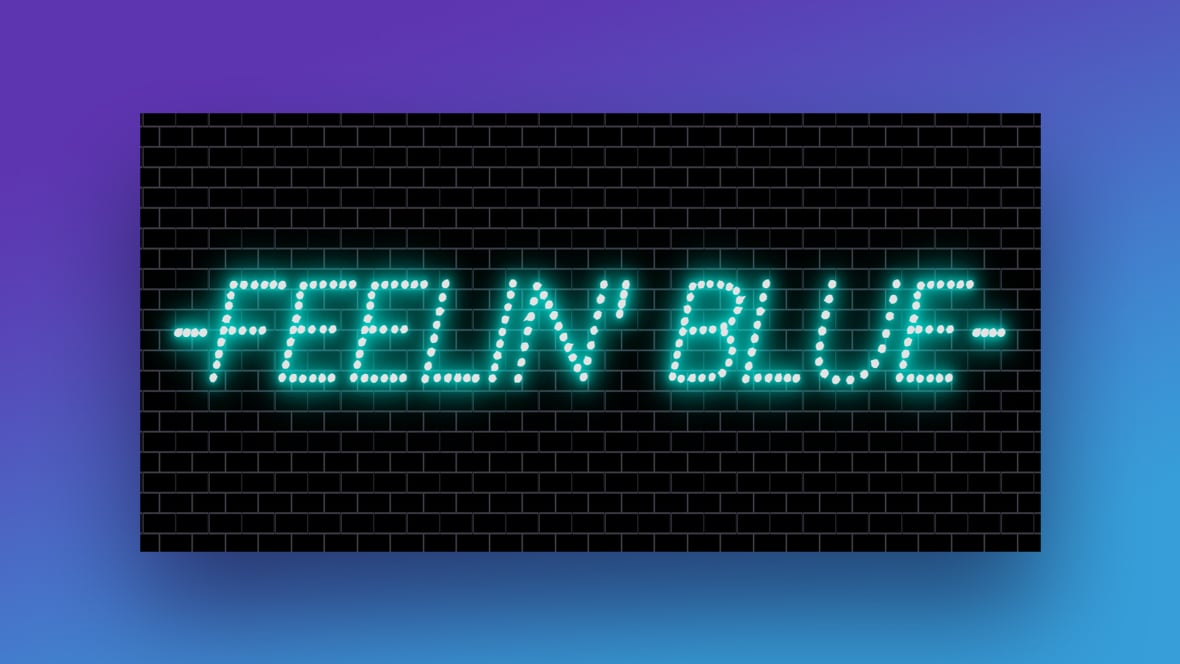
Timing is crucial when revealing contrasting elements. I've learned that a slight delay between revealing standard text and high-contrast elements creates anticipation and emphasizes the importance of the highlighted content. This technique is particularly effective in presentations and video content.
PageOn.ai's Vibe Creation feature has transformed how I approach animated text. With just a few clicks, I can generate dynamic text animations that reinforce my contrast strategy while maintaining brand consistency.
Effective Animation Timing for Contrast Elements
sequenceDiagram
participant A as Primary Content
participant B as Supporting Text
participant C as Key Highlight
participant D as Audience Attention
Note over A,D: Initial Content Reveal
A->>D: Display (0.0s)
Note over A,D: Establish Context
Note over B,D: Supporting Information
B->>D: Fade In (0.7s)
Note over B,D: Build Understanding
Note over C,D: Strategic Delay
C->>D: Animated Entry (1.5s)
Note over C,D: Maximum Attention Impact
Contextual Contrast
I've learned that contrast strategies need to adapt to different presentation environments. What works brilliantly in a darkened conference room might be completely ineffective on a sunlit outdoor screen. I always consider the viewing context when designing my contrast elements.
Screen size considerations are equally important. When I design for multi-device viewing, I ensure that my contrast elements scale appropriately. Text that stands out clearly on a desktop monitor might become illegible on a smartphone if not properly adapted.
For content that will be presented in both digital and physical spaces, I create contrast that works across mediums. This often means higher contrast ratios and simpler visual hierarchies that translate well to printed materials.
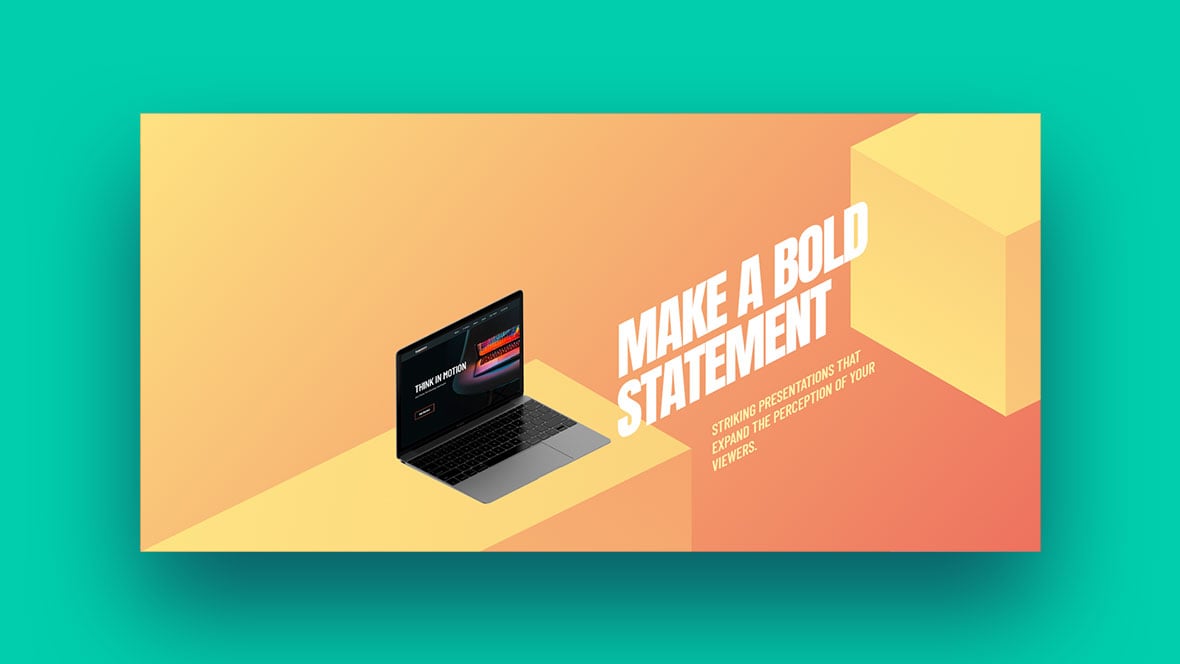
Contrast Requirements Across Viewing Environments
PageOn.ai's Deep Search has been invaluable for finding contextually relevant visual elements that enhance my text contrast. By suggesting images and graphics that naturally complement my content, it helps me create more cohesive and visually appealing presentations.
Practical Applications Across Different Content Types
Presentations That Command Attention
In my experience, presentations offer some of the most powerful opportunities for leveraging text contrast. When I create slides, I focus on building clear visual hierarchies that guide the audience through complex information without overwhelming them.
I've found that using visual aids in presentation significantly enhances the impact of text contrast. When text elements are thoughtfully integrated with supporting visuals, the contrast between them creates a natural flow that keeps audiences engaged.
One of my most successful presentation strategies is what I call the "30-70 rule"—using high-contrast elements for no more than 30% of the slide content. This creates clear focal points without visual overload.
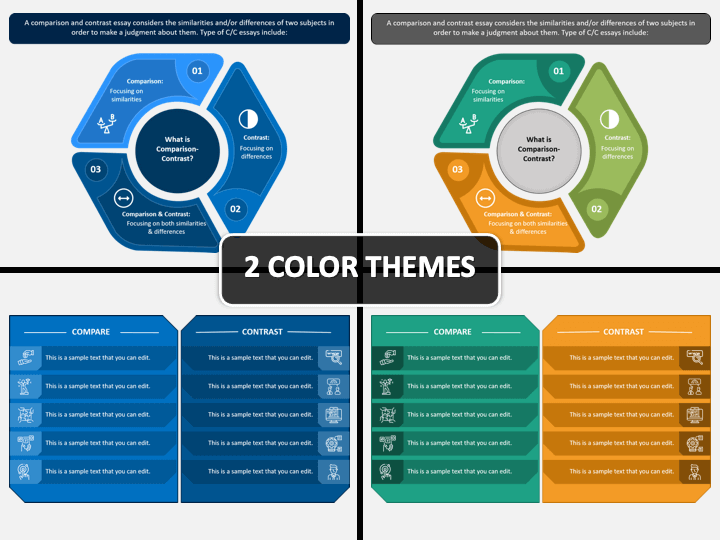
Case Study: Improved Retention Through Contrast
When I redesigned a technical training presentation for a software company, I applied strategic text contrast principles to highlight key processes and commands. The result was remarkable—post-training assessments showed a 42% improvement in information retention compared to the previous version. The most significant gains were in remembering specific technical commands, which were displayed with high contrast against the instructional content.
Video Content and Text Overlays
Creating effective text overlays for video content presents unique challenges. I've learned that contrast must remain consistent throughout changing backgrounds and lighting conditions in the video.

To ensure readability, I often use semi-transparent background buffers behind text. This creates consistent contrast regardless of what's happening in the video frame. For critical information, I might add a subtle glow or shadow to maintain legibility across all potential background conditions.
Lower thirds—those identifying captions typically placed in the bottom portion of the screen—benefit greatly from careful contrast design. I use contrasting colors and clear typography to ensure viewers can quickly absorb this contextual information without distraction.
Callouts are another powerful application of text contrast in video. When I need to highlight a specific feature or action, I use high-contrast text with directional elements (like arrows or highlights) to draw immediate attention to the relevant area.
PageOn.ai has streamlined my video text workflow by generating consistently branded text overlays that maintain proper contrast across various video scenes. This ensures my videos maintain a professional look while maximizing information clarity.
Digital Marketing Materials
In the crowded world of digital marketing, effective text contrast can be the difference between content that gets noticed and content that gets scrolled past. I've found that social media graphics in particular benefit from bold contrast choices that stand out in busy feeds.
For email campaigns, I focus on creating contrast hierarchies that guide readers from headlines to supporting details and finally to call-to-action buttons. This creates a natural progression that improves click-through rates.
Landing pages present unique contrast opportunities. I use what I call "contrast funneling"—gradually increasing the contrast of elements as they become more important to conversion. This subtly guides visitors toward taking the desired action.

A/B Testing Results: Impact of Contrast on Conversion
My A/B testing consistently shows that optimized text contrast can improve conversion rates by 30-50% across various digital marketing channels. The most dramatic improvements typically come from enhancing the contrast of call-to-action elements against their surrounding content.
Building a Contrast System for Brand Consistency
I've found that developing a systematic approach to contrast is essential for maintaining brand consistency across multiple content pieces. When I create a contrast framework for a brand, I establish clear guidelines for how different types of information should be visually distinguished.
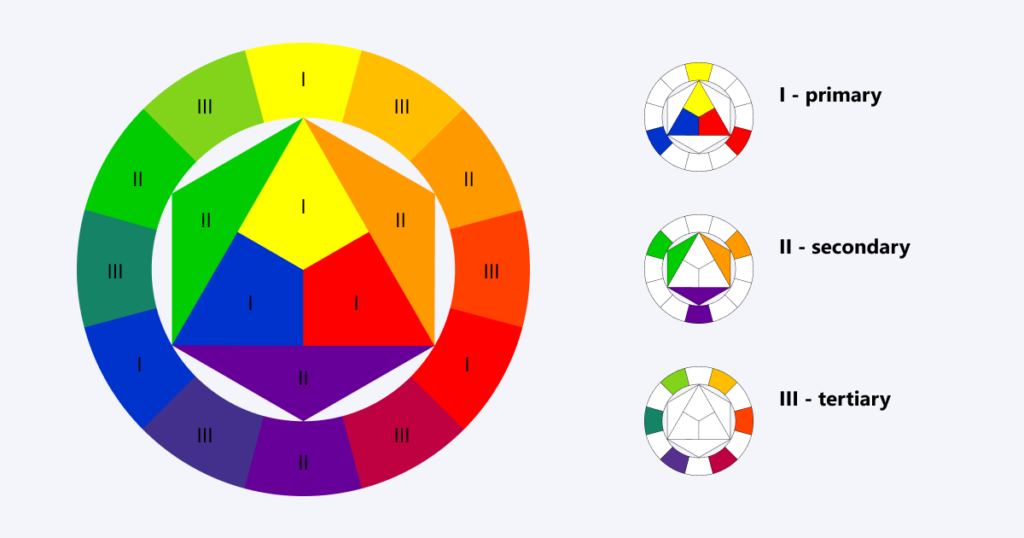
Templates with pre-defined contrast relationships have been game-changers for my team projects. By establishing these relationships in advance, we ensure that everyone creates content with consistent visual hierarchies, regardless of who's working on a particular piece.
Training team members on contrast principles has proven invaluable. I've developed simple exercises that help team members internalize the brand's contrast approach, leading to more consistent content across the board.
Components of an Effective Contrast System
flowchart TD
A[Brand Contrast System] --> B[Color Contrast Guidelines]
A --> C[Typography Hierarchy]
A --> D[Spacing Standards]
A --> E[Motion Contrast Rules]
B --> F[Primary/Secondary Color Relationships]
B --> G[Background/Foreground Combinations]
C --> H[Size Progression Scale]
C --> I[Weight Distribution Rules]
D --> J[Margin/Padding Formulas]
D --> K[Negative Space Principles]
E --> L[Animation Timing Standards]
E --> M[Interaction Feedback Guidelines]
I've seen firsthand how creating visually appealing presentations with consistent contrast principles strengthens brand identity over time. When audiences encounter the same contrast patterns across different content pieces, they subconsciously develop a deeper connection with the brand's visual language.
PageOn.ai has been instrumental in helping me maintain contrast consistency across multiple content pieces. Its template system allows me to define contrast relationships once and apply them consistently across all my projects, saving time while ensuring visual coherence.
Measuring the Impact of Enhanced Text Contrast
I'm a firm believer in measuring the impact of design changes, and text contrast improvements are no exception. When I implement contrast enhancements, I track several key metrics to quantify their effect on audience engagement and content effectiveness.
Audience feedback techniques have been particularly valuable for refining my contrast approach. I use heat mapping tools to see exactly where viewers focus their attention, helping me verify that my contrast strategies are directing eyes to the intended focal points.
A/B testing has become a cornerstone of my contrast optimization process. By creating variants with different contrast relationships and measuring their performance against specific goals, I can continuously refine my approach based on real-world results.
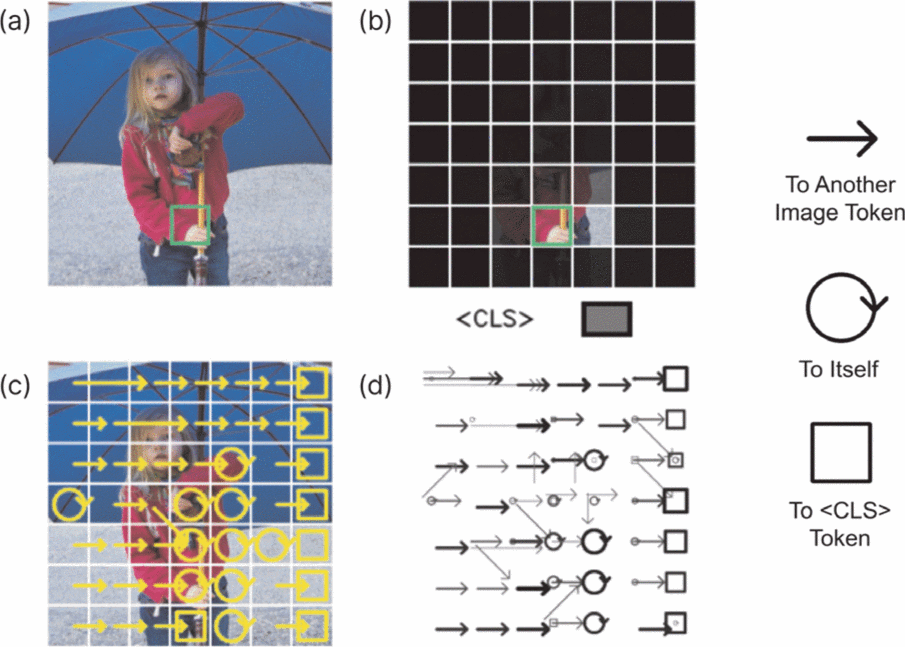
Case Study: Healthcare Education Materials
I recently worked with a healthcare provider to redesign their patient education materials using enhanced text contrast principles. The results were striking—patient comprehension of critical care instructions improved by 37%, and compliance with post-appointment recommendations increased by 28%. The most significant improvements came from materials given to older patients, highlighting the accessibility benefits of proper contrast.
Key Performance Metrics Before and After Contrast Optimization
PageOn.ai's analytics have been invaluable for understanding which contrast techniques perform best for different content types and audiences. By analyzing engagement patterns across multiple projects, I've developed a data-driven approach to contrast optimization that consistently delivers results.
Future Trends in Visual Hierarchy and Contrast
I'm fascinated by how AI is transforming our approach to contrast in visual communication. As I explore new technologies, I see several emerging trends that will shape how we create and optimize contrast in the coming years.
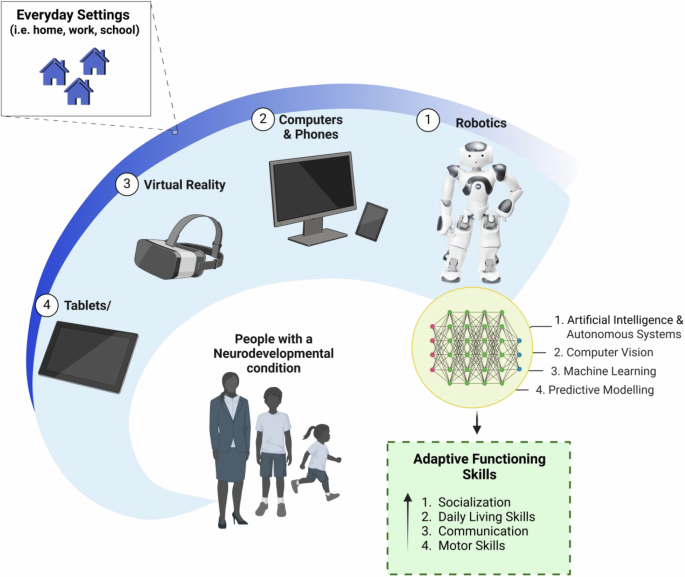
Adaptive contrast—where content automatically adjusts its contrast relationships based on viewing conditions—is one of the most promising developments I'm seeing. Imagine presentations that automatically optimize their contrast for the specific lighting conditions of the room, or digital content that adjusts based on the viewer's device settings and ambient light.
Personalized contrast is another frontier I'm excited about. As AI becomes more sophisticated in understanding individual preferences and accessibility needs, we'll see content that dynamically adjusts its contrast relationships to best serve each specific viewer.
New content consumption environments, from AR/VR to ambient computing interfaces, will require us to rethink our contrast strategies. I'm particularly interested in how contrast will work in spatial computing environments, where information might be layered over real-world objects and backgrounds that we can't control.
I've found that elevating presentations with advanced audio and visual techniques that complement text contrast creates multi-sensory experiences that dramatically improve audience engagement. As these technologies become more accessible, we'll see more sophisticated integration of visual, auditory, and interactive elements.
The Evolution of Contrast in Communication
timeline
title Evolution of Contrast in Visual Communication
section Past
Static Contrast : Basic readability focus
Print Dominance : Limited by physical media
section Present
Dynamic Contrast : Responsive to devices
Multi-modal : Integrating with other senses
Data-Driven : A/B testing optimization
section Future
Adaptive Contrast : Responds to environment
Personalized : Tailored to individual needs
AI-Generated : Optimized by algorithms
Spatial Computing : 3D contrast relationships
PageOn.ai's Agentic capabilities are already helping me stay ahead of these trends. By leveraging AI to suggest optimal contrast relationships based on content type, audience, and delivery medium, I can create forward-looking content that engages audiences more effectively than ever before.
Transform Your Visual Expressions with PageOn.ai
Ready to take your audience engagement to the next level? PageOn.ai's intelligent contrast tools help you create stunning visual hierarchies that guide attention and enhance comprehension—no design expertise required.
Start Creating with PageOn.ai TodayPutting It All Together
Throughout this guide, I've shared my approach to using text contrast as a strategic tool for transforming audience engagement. From understanding the psychological foundations to implementing practical techniques across different content types, the power of thoughtful contrast is clear.
What I find most exciting is how accessible these techniques are. Whether you're creating presentations, videos, marketing materials, or any other form of visual communication, strategic contrast can dramatically improve how your audience receives and retains your message.
As you begin applying these principles to your own content, remember that contrast is both an art and a science. The technical aspects—like maintaining proper contrast ratios for accessibility—provide a foundation, but your creative application of these principles is what will truly set your content apart. With tools like PageOn.ai to support your creative process, you can focus on crafting messages that resonate while the technical details of contrast optimization are handled seamlessly.
You Might Also Like
Circle of Knowledge Method: Creating Credible Visual Presentations That Resonate
Learn how to implement the Circle of Knowledge Method to create credible, visually stunning presentations that build authority and connect with your audience.
Mastering the American Accent: Essential Features for Global Professional Success
Discover key American accent features for global professionals with visual guides to vowel pronunciation, rhythm patterns, and industry-specific applications for career advancement.
Mastering Visual Harmony: Typography and Color Selection for Impactful Presentations
Learn how to create professional presentations through strategic typography and color harmony. Discover font pairing, color theory, and design principles for slides that captivate audiences.
Transform Presentation Anxiety into Pitch Mastery - The Confidence Revolution
Discover how to turn your biggest presentation weakness into pitch confidence with visual storytelling techniques, AI-powered tools, and proven frameworks for pitch mastery.
